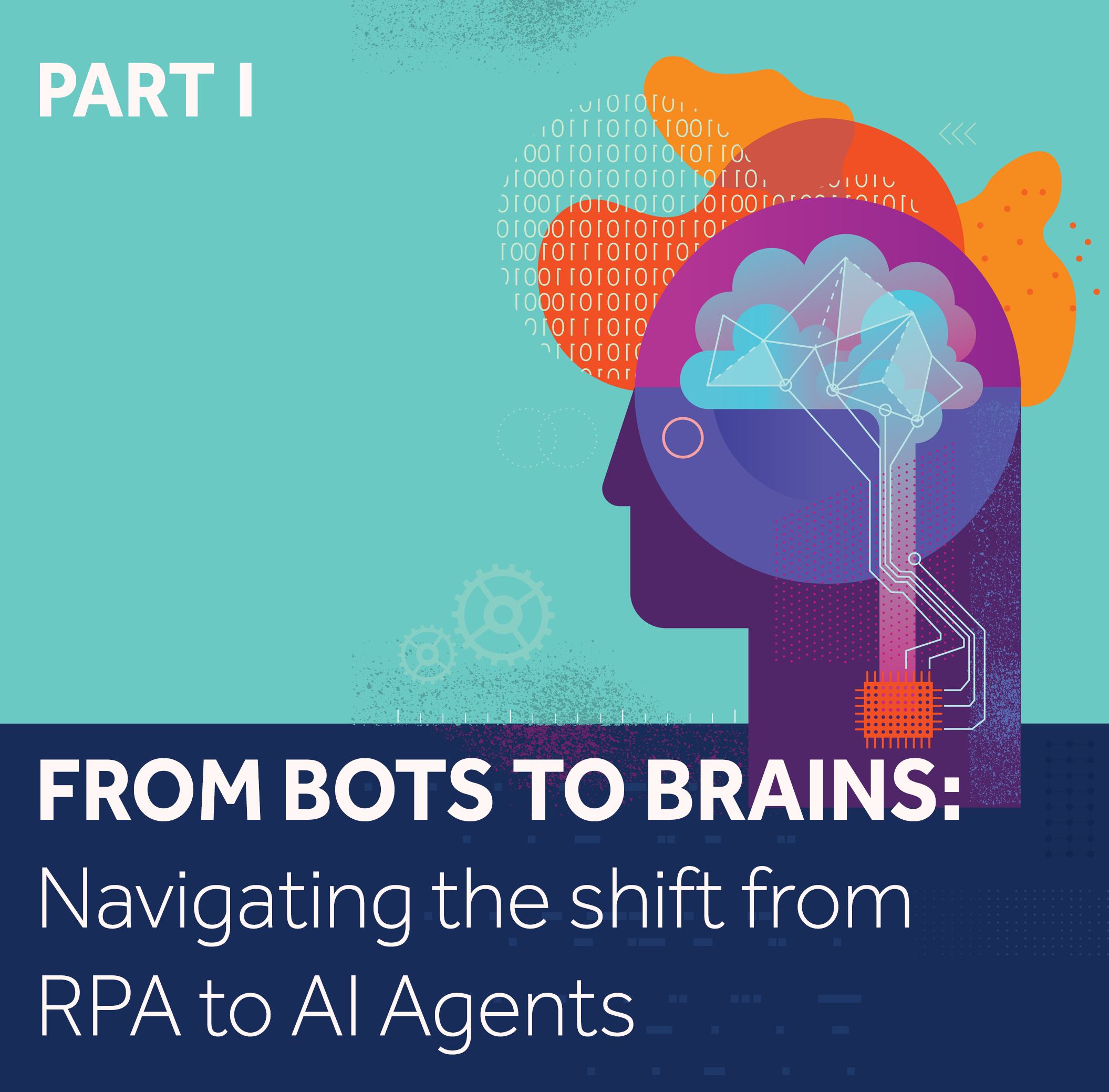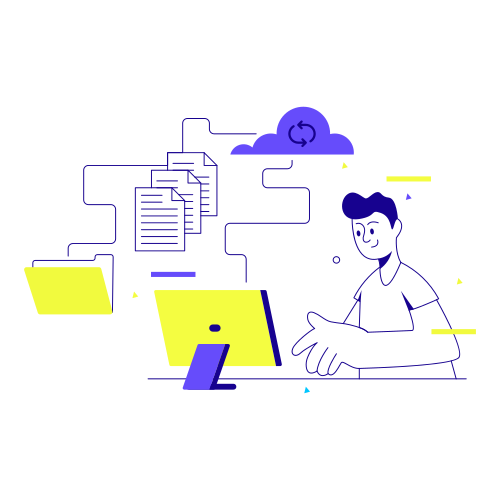Governance for AI Agents: How to Keep Autonomy from Becoming Anarchy
If there's one thing enterprise leaders are aligned on, it’s this:
Autonomous AI agents sound great—until you have to govern them.
And that’s not fear-mongering. It’s real concern about transparency, risk, and maintainability. When you let AI agents make decisions, you need to know how those decisions were made—and be able to prove it when compliance or security teams come knocking.
So, what does good governance look like in an agentic AI world?
Governance Grows Up
Traditional RPA governance tools were built for static processes. They’re great for audit trails, version control, and managing task-level automations. But when your system starts thinking for itself? You need more.
Here’s what agentic governance needs to include:
-
🔍 Explainability – what decisions were made, and why
-
📚 Logging & traceability – a complete history of inputs, reasoning, and outputs
-
👀 Observability – real-time visibility into agent actions and interactions
-
🔄 Impact analysis – if something changes upstream, what breaks downstream?
Think of it like self-driving cars: you wouldn’t put one on the road without black-box logging and emergency brakes. The same goes for AI agents in your systems.
The “Black Box” Problem
In one of our internal roundtables, someone described it perfectly:
“Your RPA estate is a big black box. You don’t know what it does anymore, you don’t have current documentation, and you have no idea how it’s going to fit into the future.”
Enter Blueprint.
We help turn that black box into a map—one that’s readable by humans and intelligent enough for agents to understand. We generate automatic documentation, track changes over time, and provide structure to what used to be a spaghetti mess of workflows.
Now, when agents interact with your automations, there’s transparency. There’s accountability. There’s control.
Governance That Enables, Not Restricts
Here’s the kicker: good governance doesn’t just protect you. It empowers you.
-
It makes it easier to build and reuse process components.
-
It reduces onboarding time for new developers or teams.
-
It accelerates time-to-value for AI-powered solutions.
You’re not slowing things down—you’re building a foundation that lets you scale with confidence.
The Bottom Line
Autonomous agents without governance are just wildcards in your system.
But with the right guardrails—observability, documentation, behavioral tracking—they become powerful, scalable allies in your automation journey.
Governance isn’t a roadblock to agentic AI.
It’s the reason you’ll be able to trust it in the first place.
Want to learn more about the convergence of Agentic AI and Automation? Register to attend our upcoming expert roundtable. Smarter, Faster, Riskier? Rethinking Automation in the Age of Agentic AI.
Share this
Recent Stories
When Does It Make Sense to Use AI Agents in Enterprise Automation?

The Hype and the Reality—Are AI Agents the Future of Automation?


